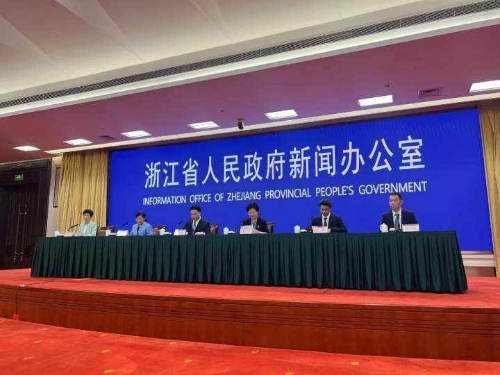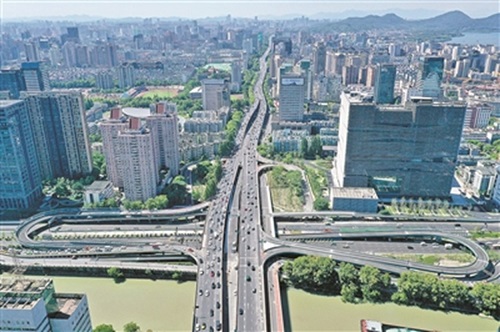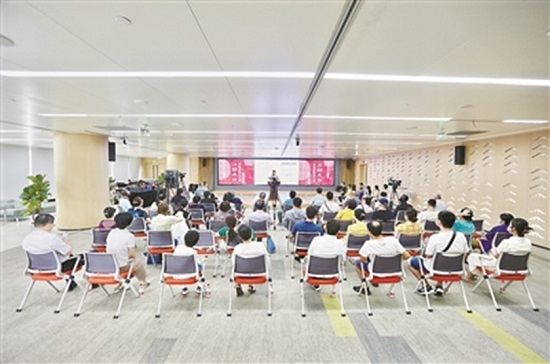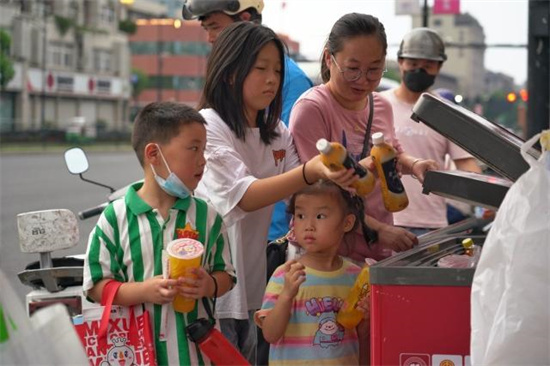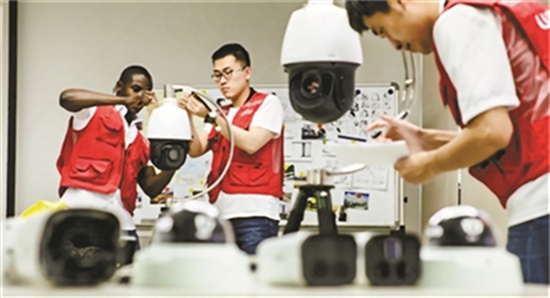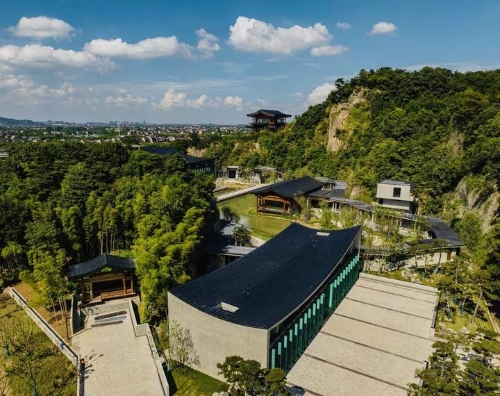
On the morning of July 23, Hangzhou National Archives of Publications and Culture (Hangzhou Branch of China National Archives of Publications and Culture) was officially put into use.
Numerous guests attended the ceremony to witness the addition of another cultural landmark to the construction of Cultural Highland in Zhejiang in a new era.
The collection and inheritance system for Chinese publications and culture of China National Archives of Publications and Culture includes the main central archives in Beijing and three branch archives in Hangzhou, Guangzhou, and Xi’an. The four archives jointly undertake the important tasks of the seed gene bank of Chinese civilization and the center for the reserve of national publication and culture resources in response to disasters.
On July 23, the central archives and the other two branch archives were also officially announced to be put into use.
Chinese publications and culture are a carrier that bears the imprint of Chinese civilization at home and abroad in ancient and present China. Based on the construction of National Archives of Publications and Culture, the project of handing down Chinese publications and culture is a major cultural project deployed by the state from the strategic height of cultural security and cultural revival. It is designed to hand down generation after generation Chinese publication and culture boutiques that feature “the inheritance of Chinese culture, the affirmation of cultural confidence, the display of China’s image as a great power, and the promotion of cultural dialogue.” This project has been included in the central “14th Five-Year Plan” proposal.
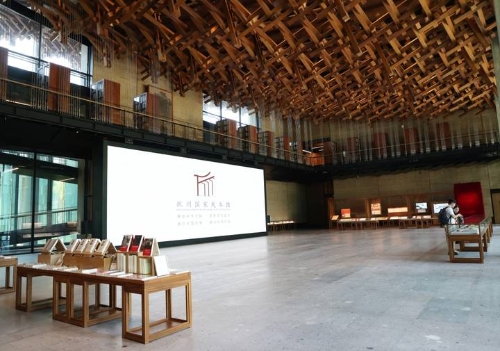
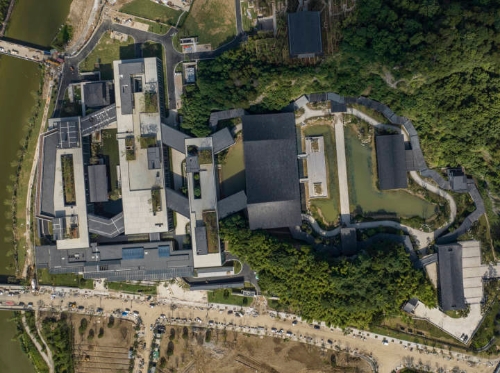
The core functions of Hangzhou National Archives of Publications and culture are preservation, display, research, and exchange. It is a comprehensive venue integrating the functions of libraries, museums, art galleries, archives, and exhibition halls. It is also a reserve bank for the central archives in response to disasters, a bank characteristic of publications and culture south of the Yangtze River, and a gathering center for publications and culture resources in East China.
Hangzhou National Archives of Publications and Culture is also known as “Wenrun Pavilion.” The architectural features the “contemporary book collection building with the charm of gardens in the Song dynasty,” with a total construction area of 103,100 square meters, including 13 units in total, such as the main study room, the south study room, the Wenrun Pavilion, the mountain warehouse, and the auxiliary buildings.
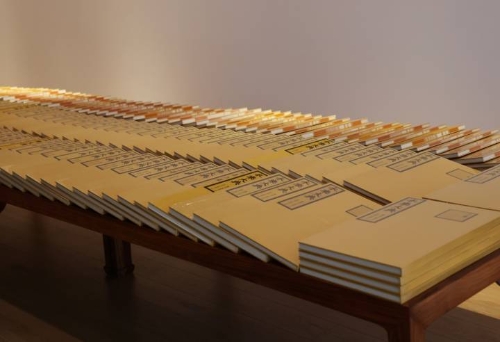

Hangzhou National Archives of Publications and Culture “focuses on collection and combines collection and exhibition.” It is carrying out publication and culture collection through the “double channels” of unit submission and social collection, based on the local conditions of Zhejiang, targeted at the Yangtze River Delta, and intended to cover the Yangtze River Basin. While accepting donations, the archives also provides storage and escrow services for rare publications.
Up to now, Hangzhou National Archives of Publications and Culture has received a total of 1 million copies (pieces) of various publications submitted and donated by units and the society, including the “Communist Manifesto” in various languages, the bronze sword in the Yue Wang State of the Warring States Period, the first line of codes of Alipay and Health Code, and many other precious versions. The collection of various publications is still in progress.
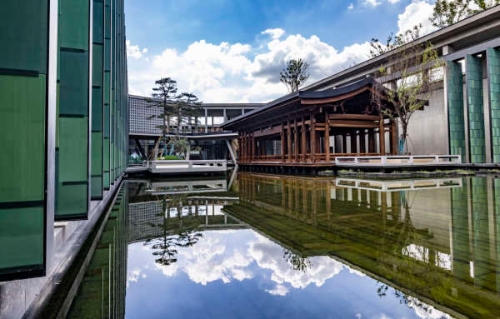
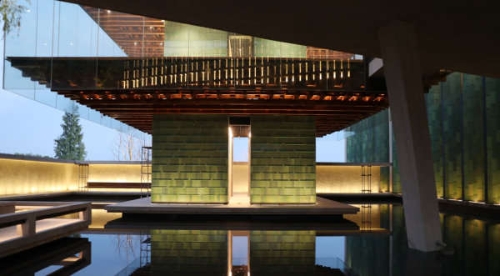
The Hangzhou National Archives of Publications and Culture will be open for exhibition in the near future, and the four major themed exhibitions and the digital exhibition hall will also be open to the public.



